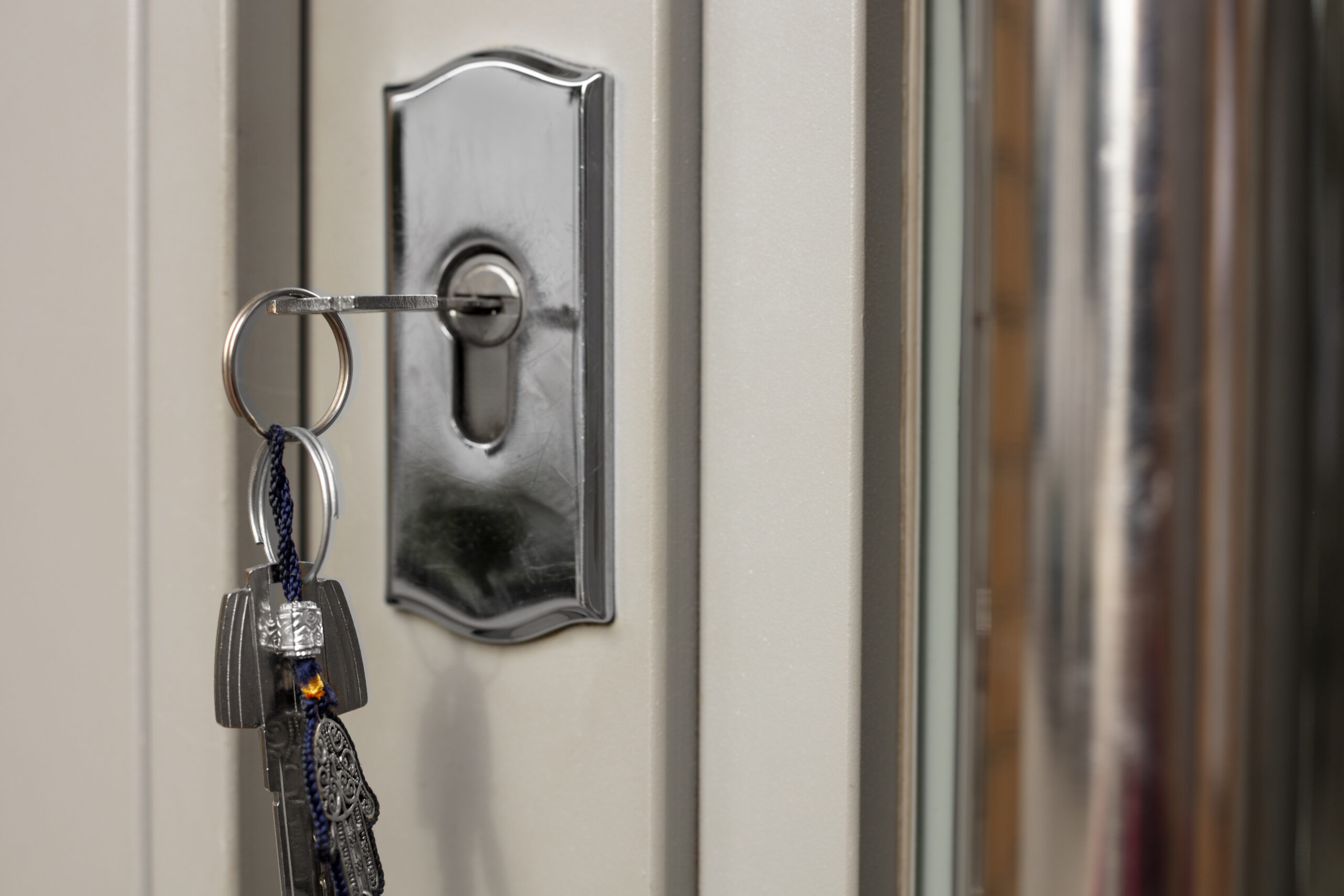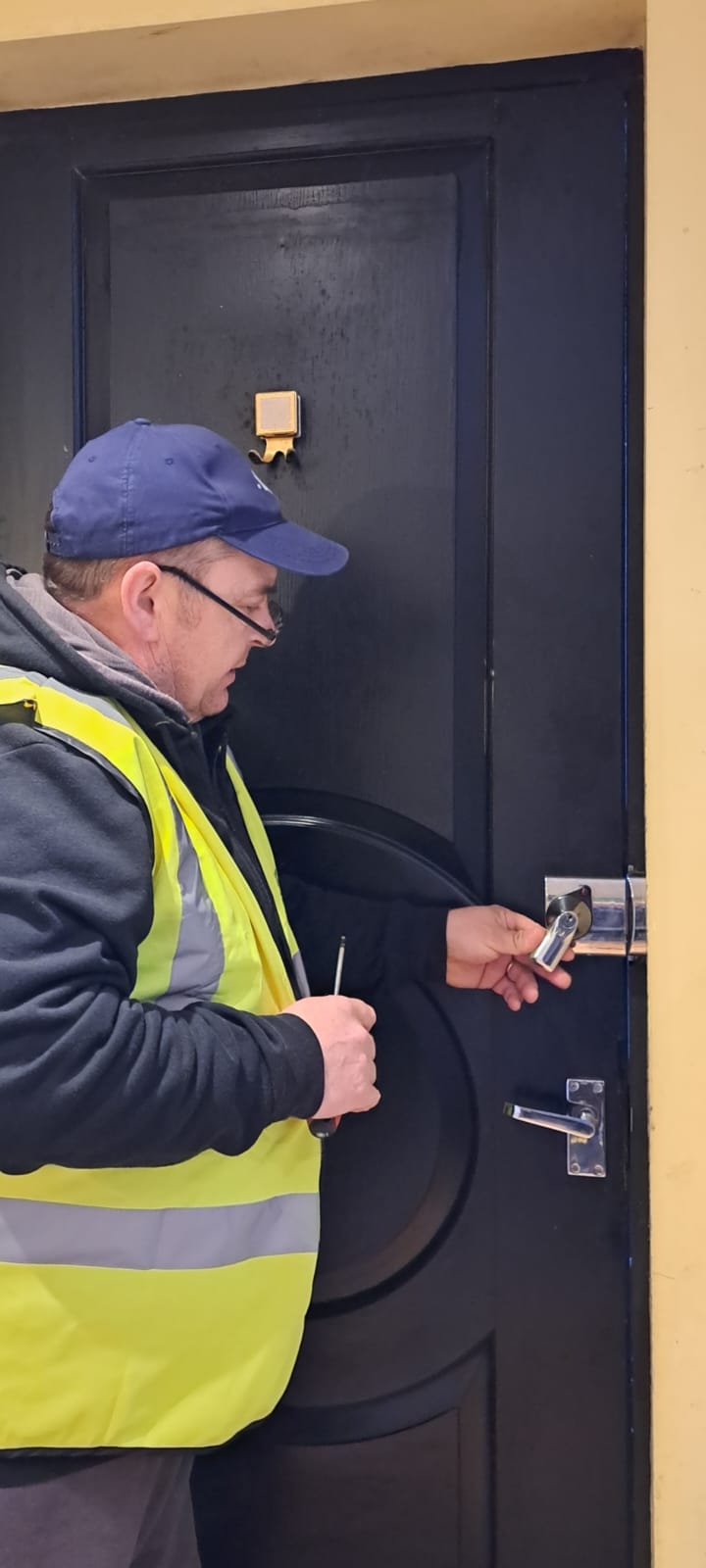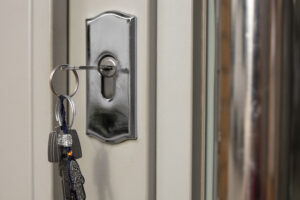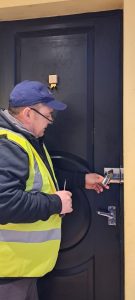| 5 Things to Try When Dealing With Lock Snapping! |
Lock snapping poses a significant and immediate security threat in the UK, particularly for properties equipped with standard euro cylinder locks. This swift and stealthy intrusion technique can be executed in a mere 30 seconds, granting criminals effortless access to your premises.
In this article, we’ll teach you everything you need to know about the technique and share the five things to try when dealing with lock snapping.
What is Lock Snapping?

Lock snapping is a burglary technique in which criminals forcibly break the cylinder of a euro cylinder lock to expose the internal mechanism. This allows the burglar to unlock the door in seconds. The most concerning aspect of lock snapping is that it can be accomplished with everyday items, such as pliers or a hammer.
How Common is Lock Snapping in the UK?
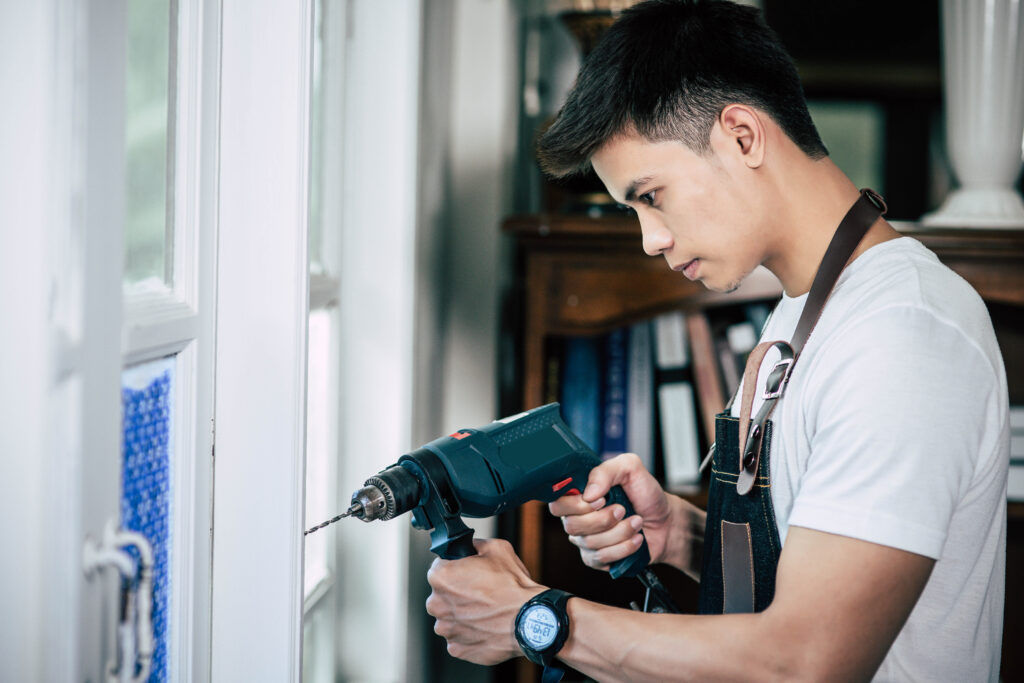
Lock snapping is not just a rare occurrence, but a relatively common method of entry for burglars in the UK. This criminal technique is prevalent due to the extensive use of euro cylinder locks.
In 2011, lock snapping accounted for a record high of about 16% of burglaries in the UK. By 2019, this figure had declined to just above 8%. The decline can be primarily attributed to the introduction of anti-snap standards and improved lock technology.
In some regions, such as West Yorkshire, lock snapping continues to be a significant threat, accounting for 20–25% of all burglaries. This indicates regional variation and underscores the need for ongoing vigilance in certain areas.
Other sources cite that it remains a common method, with some estimates suggesting it is involved in nearly one in three burglaries. However, this may reflect older or region-specific data.
So, while lock snapping is on the decline, older doors and locks are still vulnerable to this entry method.
What Types of Doors Are Vulnerable to Lock Snapping?
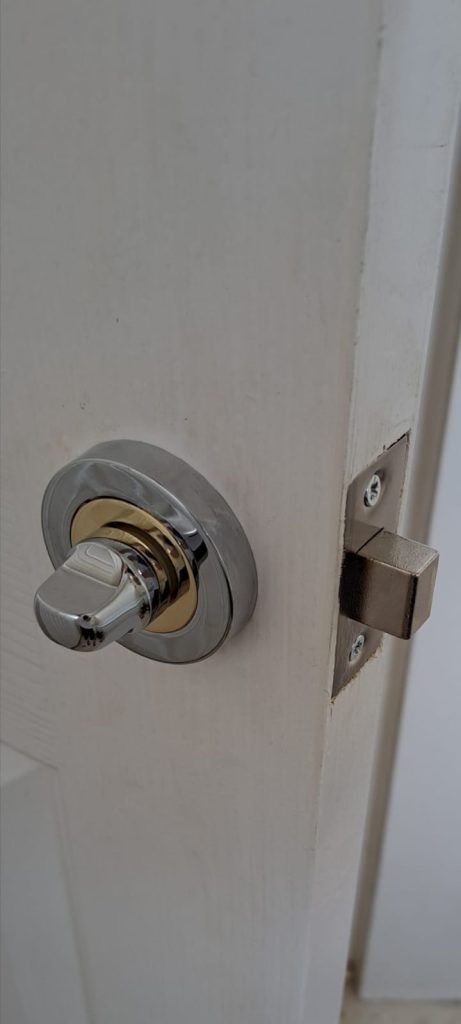
The primary vulnerability lies in doors fitted with standard euro cylinder locks. These locks are widely used in the UK and can be found on:
- uPVC doors (the most common)
- Composite doors
- Wooden doors
- Aluminium doors
- Patio and conservatory doors
Even doors with multipoint locking systems can be vulnerable if the central euro cylinder is not snap-resistant, as this single component controls all locking points.
Older or non-approved euro cylinder locks are especially at risk. Modern anti-snap cylinders, which comply with standards such as TS007 (3-star rating) or Sold Secure SS312 Diamond, are designed to resist this type of attack.
OK, so now that you know how and why lock snapping occurs, it’s time to think about what to do if you’re the victim or attempted victim of a lock snapping attack.
1. Upgrade to Anti-Snap Euro Cylinder Locks
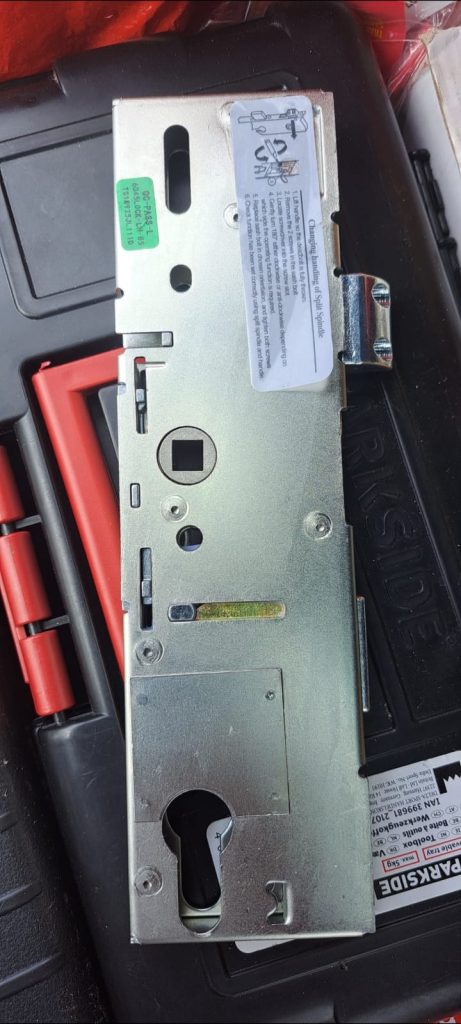
Lock snapping exploits a structural weakness at the centre of standard euro cylinder locks. This technique happens when a burglar applies force, often using simple tools like pliers or a hammer, to break the lock at its weakest point, which is the central screw hole. Once snapped, the locking mechanism is exposed, easily manipulated, and opened.
Solution
Thankfully, there are several locks that can withstand this increasingly common burglary technique. Anti-snap locks are euro cylinder locks specifically engineered with a sacrificial section (snap line) that breaks away under attack, leaving the core mechanism intact and inaccessible to the intruder.
The highest UK certifications for anti-snap locks are the SS312 Diamond or TS007 3-star Kitemark. They are tested to withstand snapping, drilling, picking, and bumping, making these locks a premium choice for homes that need top-notch security.
2. Ensure Correct Lock Installation and Sizing
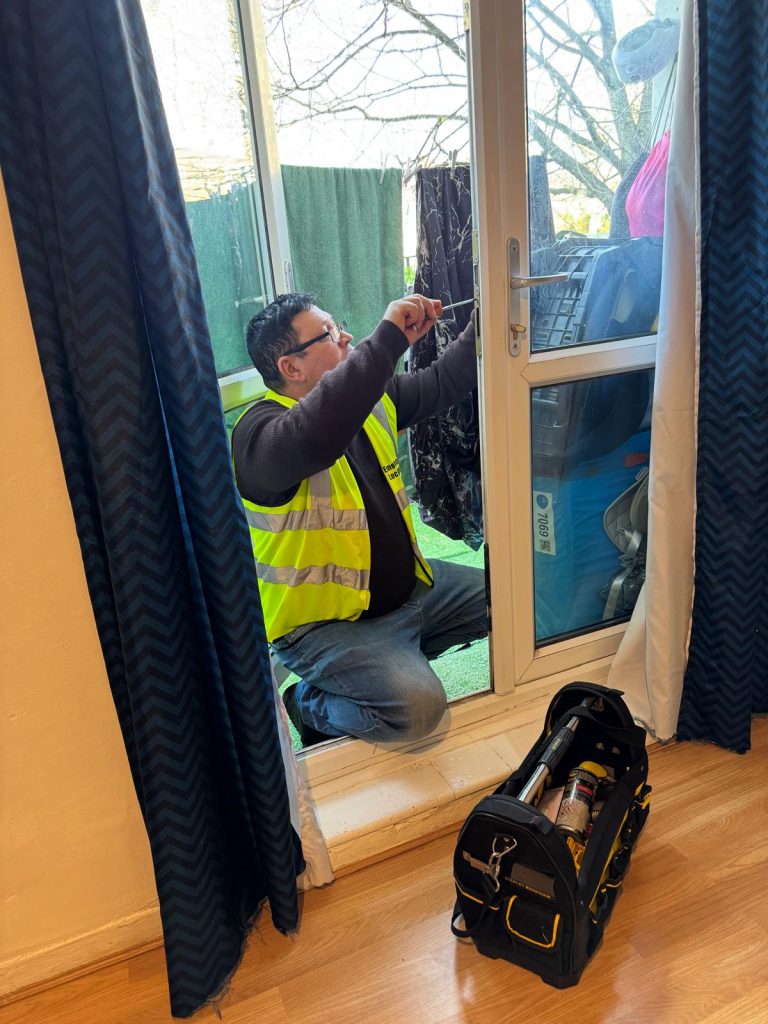
A lock that protrudes more than 3mm from the door handle presents a disturbingly easy grip point for burglars. According to Yorkshire Police crime stats, a protrusion of more than 3mm makes your lock 13 times more likely to get snapped. This piece of information is crucial because even the best anti-snap lock can be compromised if it’s not fitted flush with the door surface.
Solution
The easiest way to ensure correct lock installation and sizing is to have a qualified locksmith fit your locks. They’ll ensure the cylinder is the proper size and sits flush with the handle, eliminating the overhang that snap locking burglars love to see.
3. Reinforce Door Furniture and Handles

Even if you have an anti-snap cylinder, weak or poorly fitted handles can be pried off, exposing the lock. High-security handles and cylinder guards are perfect for adding an extra layer of protection because they distribute force and shield the cylinder.
Solution
Upgrade to 2-star Kitemark-rated door furniture or install a cylinder guard. When combined with a 1-star anti-snap cylinder, this pairing achieves the recommended 3-star protection you need to keep your home or business as safe as possible. While that level of protection is not mandatory for most UK insurers, it’s recommended by authorities like the police.
4. Add Visual and Electronic Deterrents
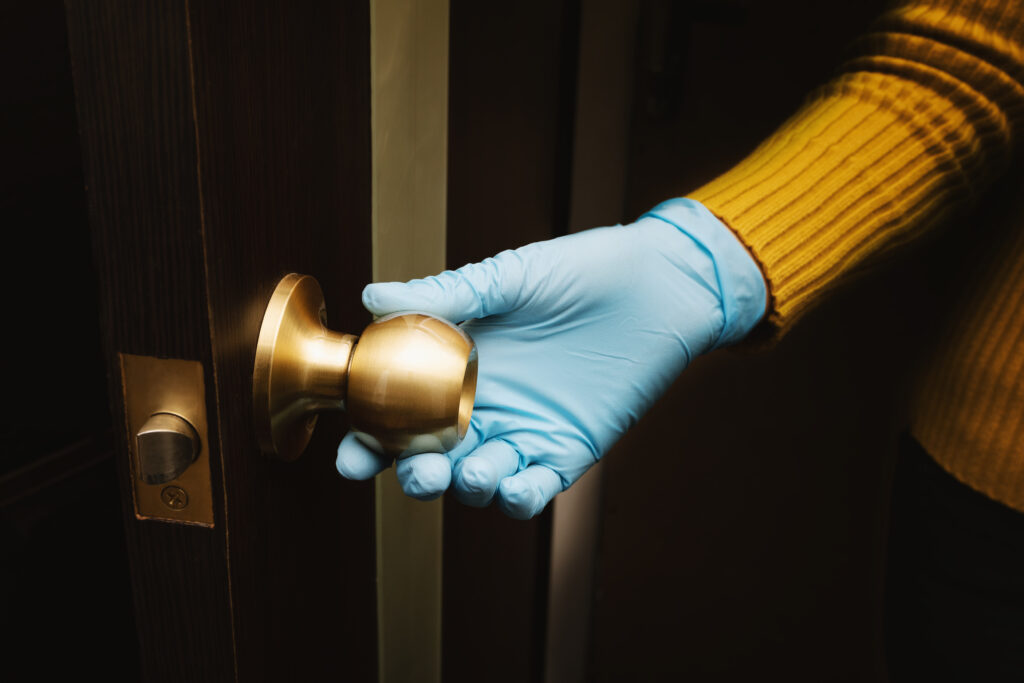
Burglars prefer quick and quiet entries with minimal hassle. Visible deterrents such as CCTV cameras, video doorbells, and motion-activated lighting go a long way towards making your home too much of a hassle to target. As they say, prevention is better than a cure.
Solution
Install a video doorbell and/or CCTV system. These security features not only help deter burglars but also provide evidence in the event of an attempted break-in.
5. Regularly Review and Maintain Your Security

Security standards evolve as burglars develop new techniques. Locks fitted before 2011 are unlikely to meet current anti-snap standards. Wear and tear or incorrect installation can also reduce the effectiveness of your current lock and make your home a viable target for criminals.
Solution
It’s a sensible idea to schedule periodic security audits with a master locksmith. These professionals, with their extensive knowledge and experience, can check for vulnerabilities, ensure all locks and hardware are up to standard, and recommend any required security upgrades. Their expertise can provide you with peace of mind, knowing that your home or business is well-protected.
Final thoughts

Lock snapping is still popular in the UK because it’s a quick and easy technique that targets old or worn-out locks. However, you can counter the technique with the proper security hardware, visual deterrents, and professional lock installation. Again, locks with SS312 Diamond or TS007 3-star Kitemark ratings are essential to provide maximum protection for your home or business.

